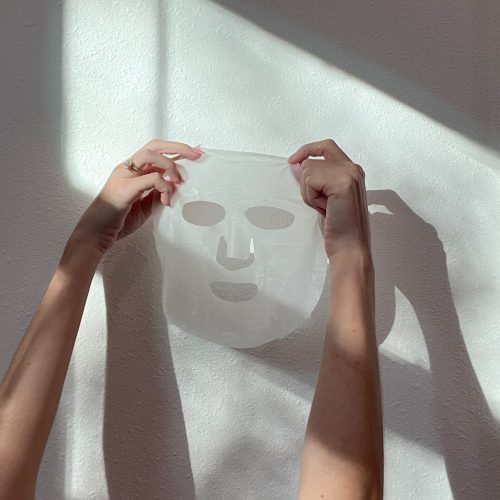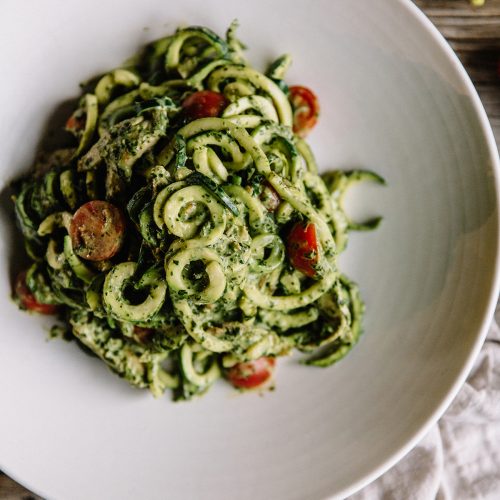You’ve probably heard the term SEO, and maybe you’ve even considered implementing it for your creative business. And then maybe somewhere along the way, after too many hours of searching, researching and trying to figure it out, you’ve given up on SEO.
But, what exactly is SEO? And why is it important for your business?
I’m glad you asked ????
I’m breaking down what SEO is, how it works, and how you can make a few minor tweaks to start implementing it into your marketing strategy.

Why SEO is Important
Did you know that Google has more than 70,000 searches happening every second. In the time it took you to read this sentence that’s 490,000 searches.
And, the number of new blog posts created every single day is over 1.7 million posts.
That is A TON of content and searches to break through.
However, even with all of the content being produced and searches taking place, SEO still continues to be a great way to bring in traffic to your site and get potential customers to learn about your services.
I bet you’re wondering how it works.
To break it down, let’s use an example!
Lucy is a mom of two looking for a local photographer to take family portraits.
Lucy knows she wants a lifestyle photographer and goes to Google and types in “family lifestyle photographer near me” or “family lifestyle photographer in South Florida”
Google then brings up search results based on her search query: “family lifestyle photographer in South Florida”
If your business website is optimized, then your information may show up on page 1 of the results. If it isn’t you just missed out on a potential client learning about your services.
Okay, so now you get how it works, let’s break it down a step further and identify the SEO lingo, so we’re both on the same page.

Breaking Down SEO
SEO stands for Search Engine Optimization, and is the process of optimizing your online content so that search engines, like Google, Pinterest, and YouTube, can find and deliver your content at the top of search results. Pretty cool, huh?
SEO is a great way to bring free (also referred to as organic) traffic to your online content. This strategy is applicable for more than just your website, if you have a YouTube channel, utilizing SEO best practices can help you get found and drive viewers to your content.
Traffic, is the number of people that visit your online content, like your website or YouTube channel.
There is organic (free) traffic, that comes from optimizing your content, and there is paid traffic that comes from ads like social media ads, display ads, pay per click ads, etc.
Keywords are the specific word or words used to optimize your online content to get it found from specific search results.
Long tail keywords are three or four keyword phrases that are very, very specific to your services and audience. You’ll also hear this referred to as a keyword phrase.
In our example above, our keyword(s) was a combination of the following:
Family lifestyle photographer
South Florida
Because the full search phrase was “family lifestyle photographer in South Florida” that would be considered a long tail keyword.
Long tail keywords are great because they are so specific to your niche and potentially location, whereas one or two keywords are typically broad and bring in a lot more competition in the search results.
Links, this can be used in both good and bad context, a good way is through Link Building, the act of cultivating incoming links to a site. We’ll just focus on the good ????
The terms above are the most commonly used when referring to SEO, but the next two are good to know as well!
Analytics, often times referring to Google Analytics, but can be any other program/software that assists in the gathering and analyzing data regarding the website usage.
Authority, you may have even heard it referred to as trust, link juice, or Google juice. Is the amount of trust that a site is credited with for a particular search query. This is derived from related incoming links from other trusted sites.
Having authority is helpful in getting first page results for SEO.
And, to continue using the example from above, if the photographer was featured in Style Me Pretty, a site that has a lot of authority, and used that link on her site to showcase the feature, that helps build up the photography website’s authority.
It’s even better when it goes both ways! Meaning, SMP features, and links to the photographer on their site and vice versa.
Alright, now you’ve got the SEO lingo down – head over to this post to learn how to optimize your content so search engines can find you!
To help you keep this information in a concise format I’ve created an SEO checklist to get you started and to reference when needed.





